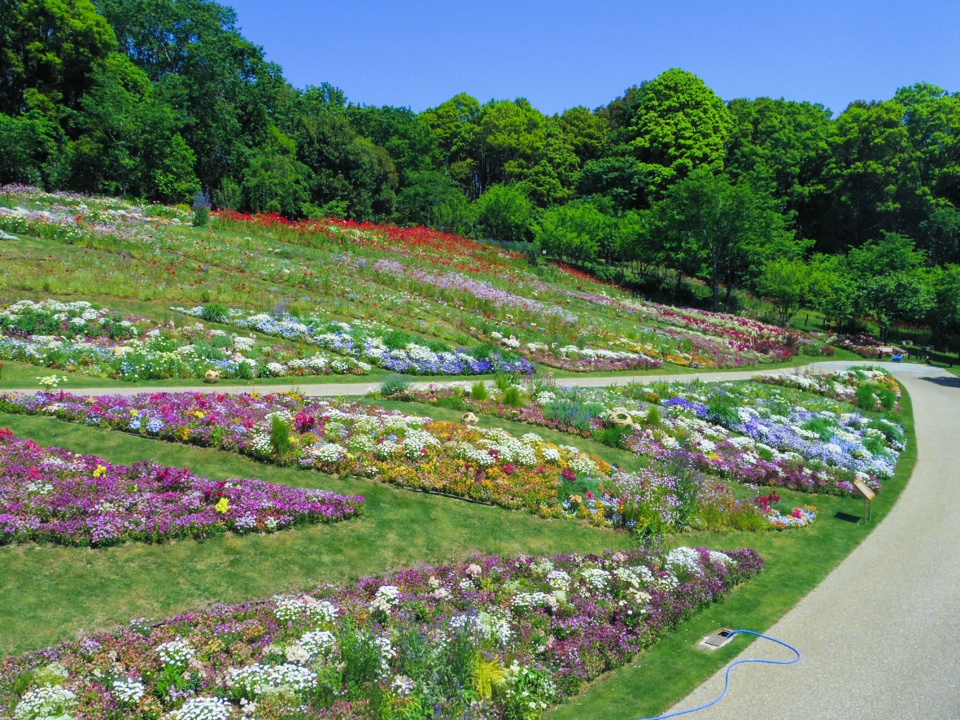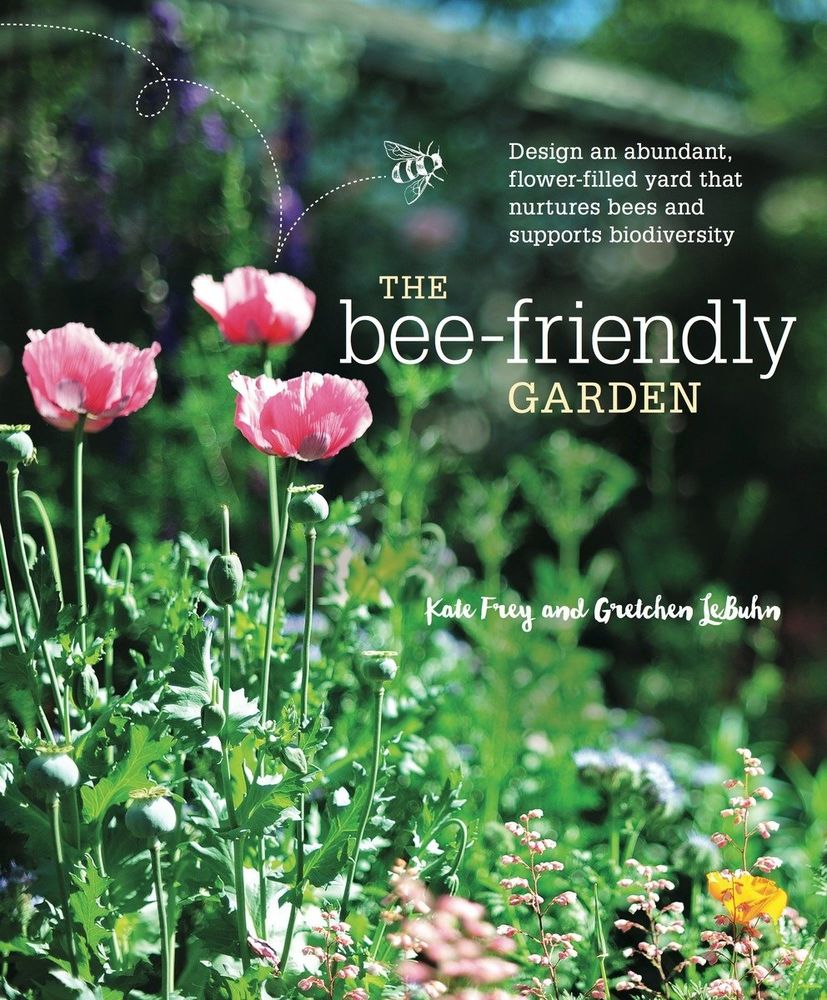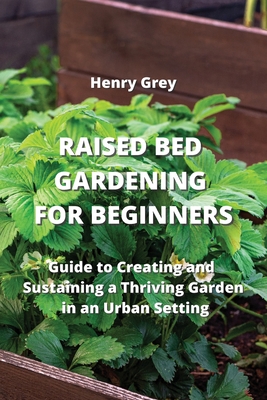Discover How Colors Attract Bees: A Comprehensive Guide to Bee-Friendly Gardens
Guide or Summary:IntroductionThe Science Behind Colors and BeesChoosing the Right FlowersDesigning a Bee-Friendly GardenSeasonal ConsiderationsCreating a Na……
Guide or Summary:
- Introduction
- The Science Behind Colors and Bees
- Choosing the Right Flowers
- Designing a Bee-Friendly Garden
- Seasonal Considerations
- Creating a Natural Habitat
Introduction
In the enchanting world of gardening, one crucial aspect often overlooked is the role of colors in attracting pollinators, particularly bees. Understanding how colors attract bees can significantly enhance your garden's biodiversity and productivity. This guide delves deep into the fascinating relationship between colors and bees, offering insights and tips for creating a vibrant, bee-friendly garden.
The Science Behind Colors and Bees
Bees, particularly honeybees and bumblebees, are drawn to specific colors. Research indicates that bees can see colors in the ultraviolet spectrum, which humans cannot perceive. While they are attracted to bright colors like blue, purple, and yellow, they are less interested in red. This unique visual ability allows bees to locate flowers more efficiently, as these colors often signal the presence of nectar and pollen.
Choosing the Right Flowers
To create a garden that attracts bees, focus on planting flowers in colors that appeal to them. Here are some excellent choices:
1. **Blue Flowers**: Plants like bluebells and forget-me-nots are not only beautiful but also highly attractive to bees.

2. **Purple Flowers**: Lavender and salvia are favorites among bees, offering both color and fragrance.
3. **Yellow Flowers**: Sunflowers and daisies are easy to grow and serve as a beacon for bees.
By incorporating a variety of these colors into your garden, you can create a vibrant landscape that invites bees to visit.
Designing a Bee-Friendly Garden
When designing your garden, consider the layout and color scheme. Grouping flowers of the same color together can create a striking visual impact while making it easier for bees to find their food sources. Additionally, planting in clusters rather than scattering individual plants can help attract more bees, as they prefer to forage in areas with abundant food.

Seasonal Considerations
To ensure your garden is a year-round haven for bees, it’s essential to consider seasonal blooms. Planting a variety of flowers that bloom at different times throughout the year will provide a continuous food source for bees. Early bloomers like crocuses and snowdrops can provide nourishment in spring, while asters and goldenrod can sustain them in the fall.
Creating a Natural Habitat
In addition to colorful flowers, creating a natural habitat will further enhance your garden's appeal to bees. Consider adding features such as:
- **Bee Hotels**: These structures provide nesting sites for solitary bees.
- **Water Sources**: A shallow dish filled with water can help bees stay hydrated.

- **Native Plants**: Incorporating native plants can attract local bee species, promoting biodiversity.
In summary, understanding how colors attract bees can transform your garden into a thriving ecosystem. By selecting the right flowers, designing a bee-friendly environment, and considering seasonal blooms, you can create a colorful paradise that supports these essential pollinators. Not only will your garden flourish, but you’ll also play a vital role in sustaining bee populations and promoting ecological balance. Embrace the beauty and wonder of nature by cultivating a space where colors attract bees, and watch your garden come to life!